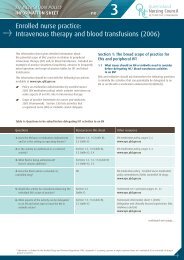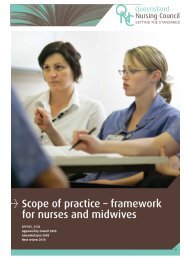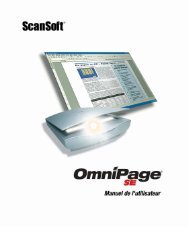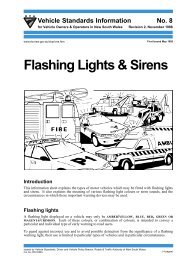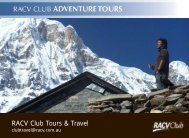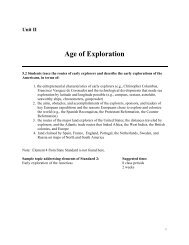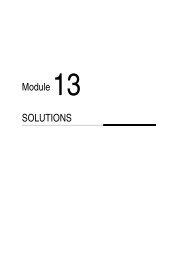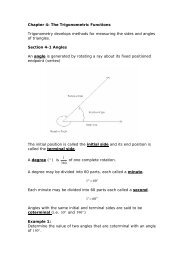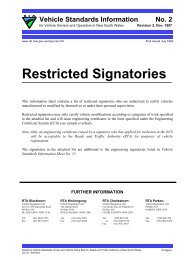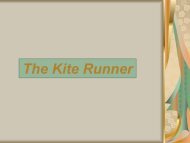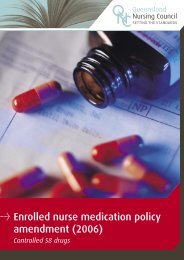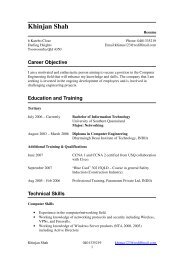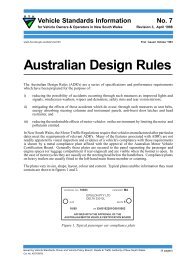Explanation of Information Retrieval Chart - Upload Student Web ...
Explanation of Information Retrieval Chart - Upload Student Web ...
Explanation of Information Retrieval Chart - Upload Student Web ...
Create successful ePaper yourself
Turn your PDF publications into a flip-book with our unique Google optimized e-Paper software.
Literate Futures: Reading the Future (Video)Appendix 2: Outline <strong>of</strong> content <strong>of</strong> Literate Futures: ReadingPage(vii)Contentstimulate conversations about reading; development <strong>of</strong> a repertoire <strong>of</strong> skills; semiotic systems1–2 theme <strong>of</strong> change: Literacy is for lifelong learning, not just for the next year-level or secondary school.Compare contemporary workplace literacy requirements with those <strong>of</strong> the 1950s—then wasessentially alphabetic and print-based, but served the needs <strong>of</strong> the times. The only technologies <strong>of</strong>mass media and communication were radio and print.3 citizens <strong>of</strong> globalised economies interact routinely with different groups, cultures, languages,communities, states and countries; therefore increased social diversity. Need to address homeschool-communityliteracies.4–5 technological changes: TV—free to air, digital, cable, satellite. Digital technologies widespread.Internet. Online gaming. CD-ROM. Video. Literacy demands <strong>of</strong> viewing still and moving images,symbols and icons, combination <strong>of</strong> verbal and non-verbal materials; hypertext, hypermedia.7 changes in workplace structures, organisation and literacy demands require collaborative socialbehaviours and a wide range <strong>of</strong> flexible literacy skills8 social change: growth in mass media systems and technologies, change in most population groups9 identity influenced by mass media and marketing10 uncritical consumption <strong>of</strong> consumerist products and ideas. Social complexities arising from culturaland linguistic diversity. Rich–poor gap widening, growing intergenerational unemployment with familytransience and diversity <strong>of</strong> personal experience, especially significant for teachers.13 multiliteracies, multimedia, technology and technoliteracies, critical literacy, cultural and linguisticdiversity14 hybrid and nonlinear texts. Transformation—reading requires critical literacy; the reader istransformed in the reading15 literacy a social act, not just cognitive and psychological; redesigning literacy; learning ‘how’, not just‘what’; repertoire <strong>of</strong> reading practices16–18 learning to be multiliterate; who constructs the meaning in texts? intertextuality20 variety <strong>of</strong> semiotic systems and symbols23–25 unpacking the reading definition for the teaching <strong>of</strong> reading27–37 unpacking the Four Resource model39–41 using the Four Resource model42–43 Figures 3 & 4—using the Four Resource model in planning; a procedure for analysing texts45–47 Table 1—current theories and approaches to teaching reading in terms <strong>of</strong> Four Resource model© State <strong>of</strong> Queensland (Department <strong>of</strong> Education, Literate Futures Project) 2003. Page 15 <strong>of</strong> 18




